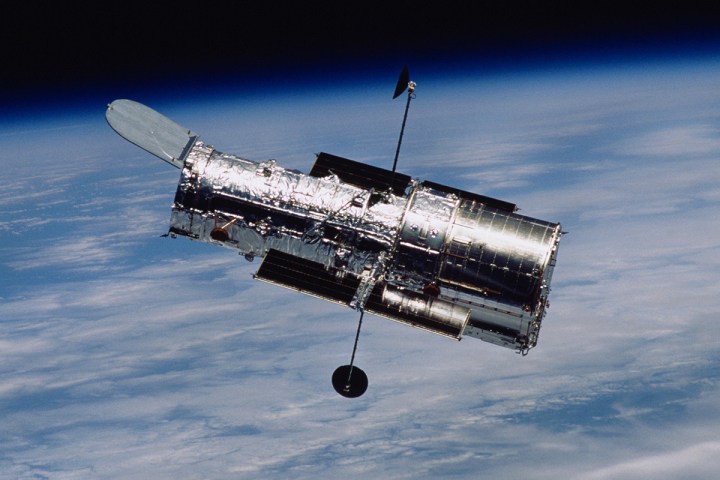
Although its replacement already has a 2018 launch date scheduled, NASA has announced Hubble will continue to operate in its current capacity until 2021 while helmed by the Space Telescope Science Institute in Baltimore.
Considering its last service mission — carried out in 2009 — was only expected to permit five more years of operation, it’s amazing that this 24,000 pound machine is still capturing images with the help of its 7.9-foot mirror seven years later.
The extra years are more than welcomed, though. By extending Hubble’s operational timeframe, its use will overlap with the operation of its successor, the James Webb Space Telescope (JWST).
While Hubble views the world through visible and ultraviolet light, the JWST will see only in infrared. By combining the imaging capabilities of both telescopes, astronomers will be able to view outer space with even more detail than originally expected through the capture of an even larger collection of wavelengths.
Hubble user Boris Gänsicke of the University of Warwick said to New Scientist, “It’s fantastic news […] It will give us two completely independent ways of analyzing the same materials, which greatly strengthens the result and allows us to work out what kind of minerals these asteroids were made of.”
But until the two telescopes are in the sky together, it’s up to Hubble to continue wowing the world with incredible images. If history is anything to go by though, there’s no reason to believe that won’t be the case.
Editors' Recommendations
- Help NASA in its quest to learn more about our sun
- NASA invites entries for its CineSpace short-film contest
- NASA’s observatory on a plane, SOFIA, will fly no more
- Moon, Mars, and more: NASA extends 8 planetary missions
- Hubble turns 32, continues to reveal the wonders of space



